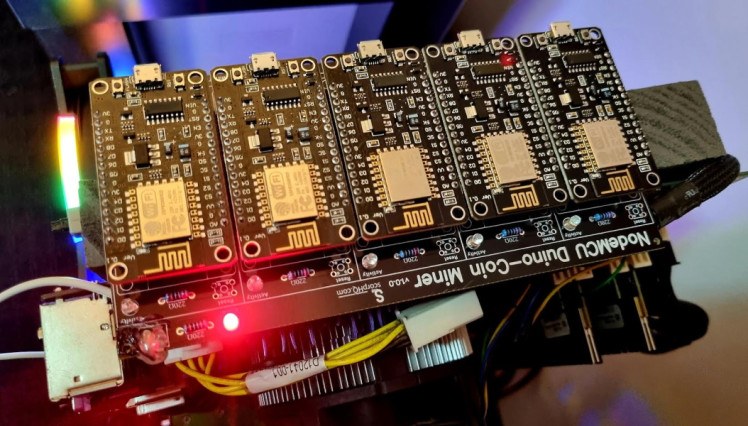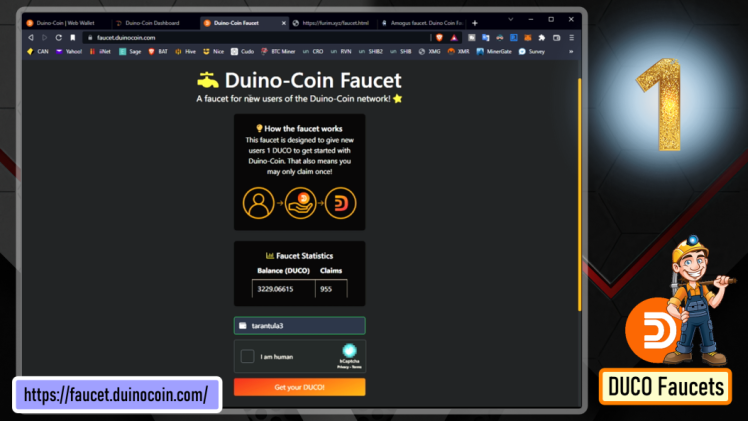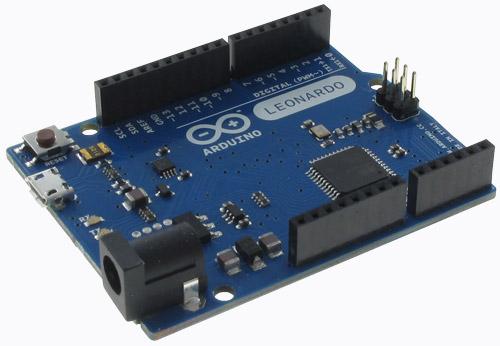Crypto Mining Using Nodemcu
About the project
Crypto Mining using microcontrollers, wait what!!! Are you serious? How? Believe it or not, that is possible...
Project info
Difficulty: Easy
Platforms: Arduino, NodeMCU, PCBWay
Estimated time: 1 hour
License: GNU General Public License, version 3 or later (GPL3+)
Items used in this project
Story
Crypto Mining using microcontrollers, wait what!!! Are you serious? How?Believe it or not, the rig you see onscreen actually mines a crypto currency called DUINO-Coin (ᕲ) or DUCO. The total cost of this rig is only $35.Now, if you believe me! then, grab yourself a cup of coffee, sit back and watch this video and start your journey into cryptocurrency with DUINO-Coin!
What is DUINO-Coin?

You can Mine DUCO using: Android smartphone Computer's CPU Arduino (or compatible AVR) Raspberry Pi, Orange Pi or Banana Pi ESP8266/ESP32 (or compatible boards) Internet browser on PC or smart-TVs Arduinos using ESP8266 as a host Arduinos using Raspberry Pi as a host
Centralization: Making Arduino and other low powered devices not only profitable, but just possible would be impossible to maintain if the coin was decentralized. Hence, DuCo is a centralized coin with it's own chain. It is however possible to wrap (convert) DUCOs to wDUCO, bscDUCO, celoDUCO or maticDUCO to store them in decentralized form on another coin's chain.
To start your journey, have a look at the getting started with Duino-Coin webpage. Then, create a wallet to store your coins. Next, download the miner binaries for the device you are going to mine the coin.If you are super tech savvy, then have a look at the coins whitepapers. The link is in the description below.
In my setup, I am mining DUCO using NodeMCU.
Schema

The Board


Soldering

Finally, I soldered a USB cable to power the blade. I extracted this cable from a broken iPhone's charger.
Code

If you're using an ESP8266 board, you can set the clock speed (Tools > CPU frequency) to 160 MHz to achieve better hash-rates.

Then, just go ahead and upload the code one by one to all your NodeMCU's. Before adding the NodeMCU to your rig, it is a good idea to check it using the Arduino Serial Monitor (Tools > Serial Monitor), set the baud rate to 500000 baud and see how's the ESP is doing. If everything is correct, you should see messages saying that a share was accepted.If it all works fine, your ESP will mine as long as it has power and internet connection.
Demo

So, this is how my final setup looks like.To be very frank, the setup actually looks like having a small Christmas tree on your table, ha ha.
Hash-Rate

Claiming Via Faucets

Exchanging DUCO

Other exchanges:Other exchanges supporting DUINO-Coin are Node-S, PancakeSwap, SunSwap, and SushiSwap.
Thanks
Thanks again for checking my post. I hope it helps you.If you want to support me subscribe to my YouTube Channel: https://www.youtube.com/user/tarantula3
Blog Posts: Visit Website
Video references: Visit Website
Code
Release 3.0 Original: Download
Release 3.0 Modified: Download
Resource Pages
Getting started: Visit Website
Create Wallet: Visit Website
App list: Visit Website
Exchange: Visit Website
White Paper: Visit Website
Dashboards
Dashboard-1: Visit Website
Dashboard-2: Visit Website
Dashboard-3: Visit Website
Facets List
Faucet-1: Visit Website
Faucet-2: Visit Website
Faucet-3: Visit Website
Discussion
Discord: Visit Website
Reddit : Visit Website
Support My Work:
BTC: 1M1PdxVxSTPLoMK91XnvEPksVuAa4J4dDp
LTC: MQFkVkWimYngMwp5SMuSbMP4ADStjysstm
DOGE: DDe7Fws24zf7acZevoT8uERnmisiHwR5st
ETH: 0x939aa4e13ecb4b46663c8017986abc0d204cde60
BAT: 0x939aa4e13ecb4b46663c8017986abc0d204cde60
LBC: bZ8ANEJFsd2MNFfpoxBhtFNPboh7PmD7M2
Thanks, ca again in my next tutorial.






















Leave your feedback...